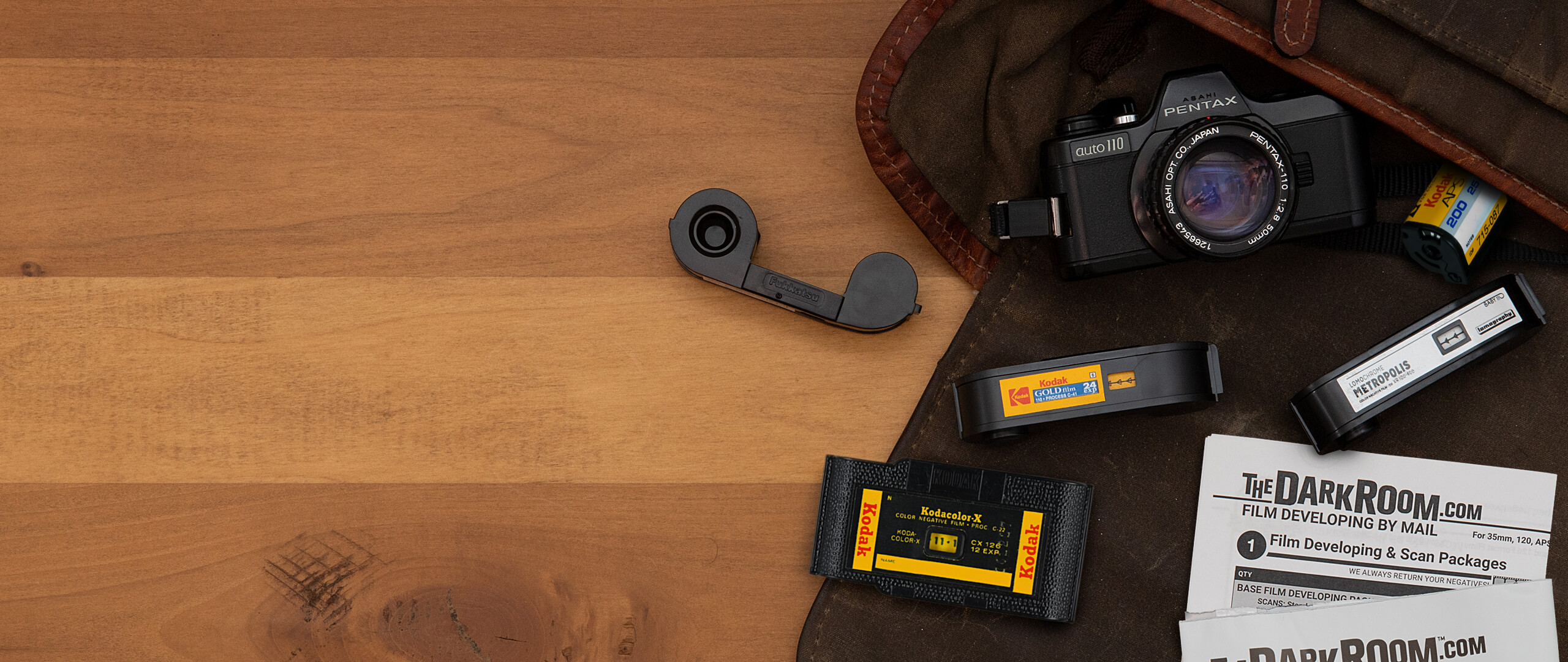Pál_K
Cameras. I has it.
It's sad that Kodak and the camera companies didn't innovate to get the most out of the 135 format prior to digital photography.
We had full frame 24x36mm to start with and from the 1970's onward we got successively inferior formats: 126, 110, disc!, and APS.
When film photography was at its peak usage, the late 1980's - early 1990's, that would've been the time for something truly new: improve the usable image area. Kodak did this in 1965 with Super-8 (with less area for sprocket holes, more image area). Similarly, with 35mm film a new format could have been created with narrower sprocket holes and an image area of perhaps 28x42mm (same ratio as 24x36); this would give 1176 sq mm compared to 864 sq mm. Yes, new machinery would be needed to perforate the film, new cameras, new lenses, but they did that anyway when they chose the inferior formats. At least with 28x42, there is better image quality.
We had full frame 24x36mm to start with and from the 1970's onward we got successively inferior formats: 126, 110, disc!, and APS.
When film photography was at its peak usage, the late 1980's - early 1990's, that would've been the time for something truly new: improve the usable image area. Kodak did this in 1965 with Super-8 (with less area for sprocket holes, more image area). Similarly, with 35mm film a new format could have been created with narrower sprocket holes and an image area of perhaps 28x42mm (same ratio as 24x36); this would give 1176 sq mm compared to 864 sq mm. Yes, new machinery would be needed to perforate the film, new cameras, new lenses, but they did that anyway when they chose the inferior formats. At least with 28x42, there is better image quality.


